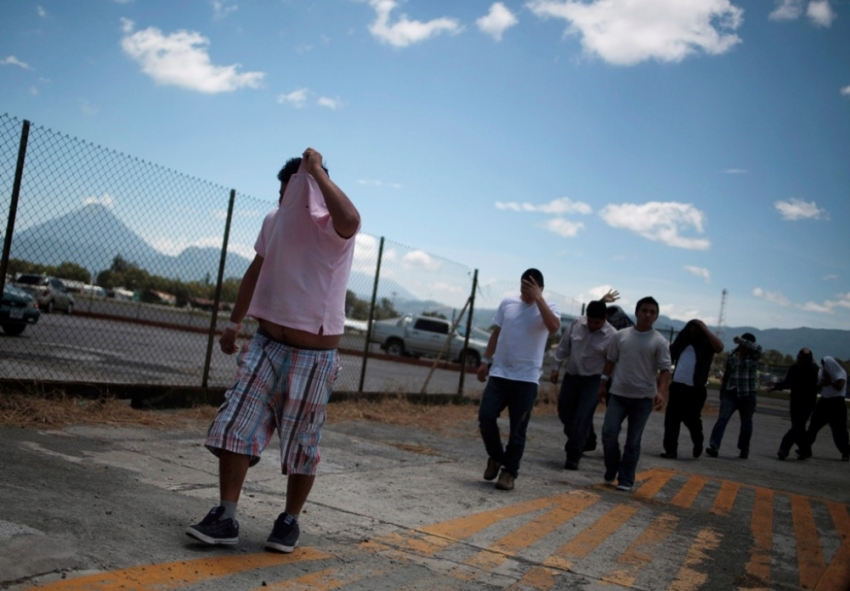600 Illegal Immigrant Convicts Wrongly Released From Jail Due to Mismanagement, Budget Shortfall, Homeland Security IG Report Reveals

U.S. Immigration and Customs Enforcement mistakenly released over 2,000 undocumented immigrants during a 2013 budget crisis, and over 600 of them had criminal convictions, according to a Homeland Security Inspector General report made publicly available this week.
2,211 unauthorized immigrants held in detention facilities by ICE were released on the weekend of Feb. 22, 2013, and 617 of them had criminal convictions.
A chart on Appendix I of the report appears to show that 10 to 14 of the released detainees with criminal convictions were "level 1," which means, according to footnote 10, they were "convicted of two or more crimes each punishable by at least one year, or convicted of aggravated felonies .... These crimes may be violent or non-violent." (The exact number is difficult to decipher because Appendix I is, without explanation, blurry. It is the only part of the report to appear this way.)
The IG report's findings of the number of detainees released were about the same that ICE reported to Congress in March, 2013, which was 2,228 total, including 629 convicted criminals.
The IG report was conducted at the request of Sen.'s Tom Coburn, R-Oklahoma, and John McCain, R-Arizona.
The purpose of the IG investigation was to find out why the releases occurred and to make recommendations for how to prevent it from happening again.
The report describes conversations beginning in January, 2013, between ICE, the Office of Management and Budget, congressional staff and DHS counsel. ICE executive leadership was informed of pending budget shortfalls, asked for additional funds and was seeking advice on how to proceed.
On February 21, 2013, the day before the releases began, OMB sought the advice of DHS counsel before it decided whether to provide an additional funding request. ICE provided the OMB with the DHS counsel's input, but ICE executive leadership decided to release the detainees before they heard back from OMB on whether their funding request would be approved.
"We were not able to determine why ICE executive leadership did not wait for OMB to make a decision on releasing additional funding," the report states.
The report concluded that ICE leaders made the decision to release the detainees on their own, without informing OMB, DHS Secretary Janet Napolitano, or the Executive Office of the President.
The report also concluded that the criteria used to select which detainees would be released were appropriate, "given the short timeframe of the releases." Curiously, 54 of those released were redetained and the IG was unable to determine why that was the case.
The circumstances that led to the inappropriate releases have not been fixed, the report discovered. The IG made several recommendations to address those issues, including, more financial transparency from ICE, and more money from Congress so that ICE funding is congruent with the statutory requirements that Congress places on ICE.



























